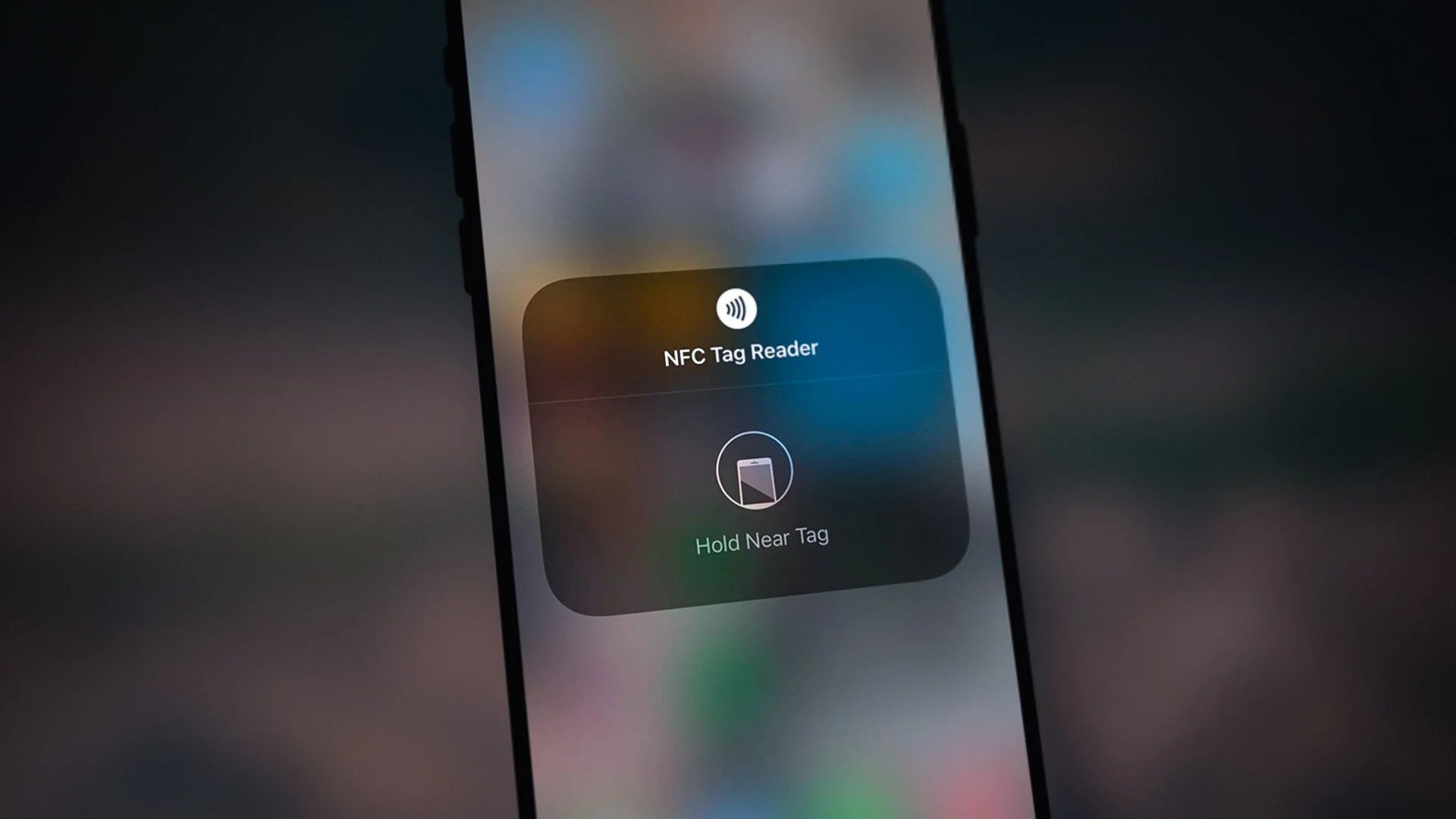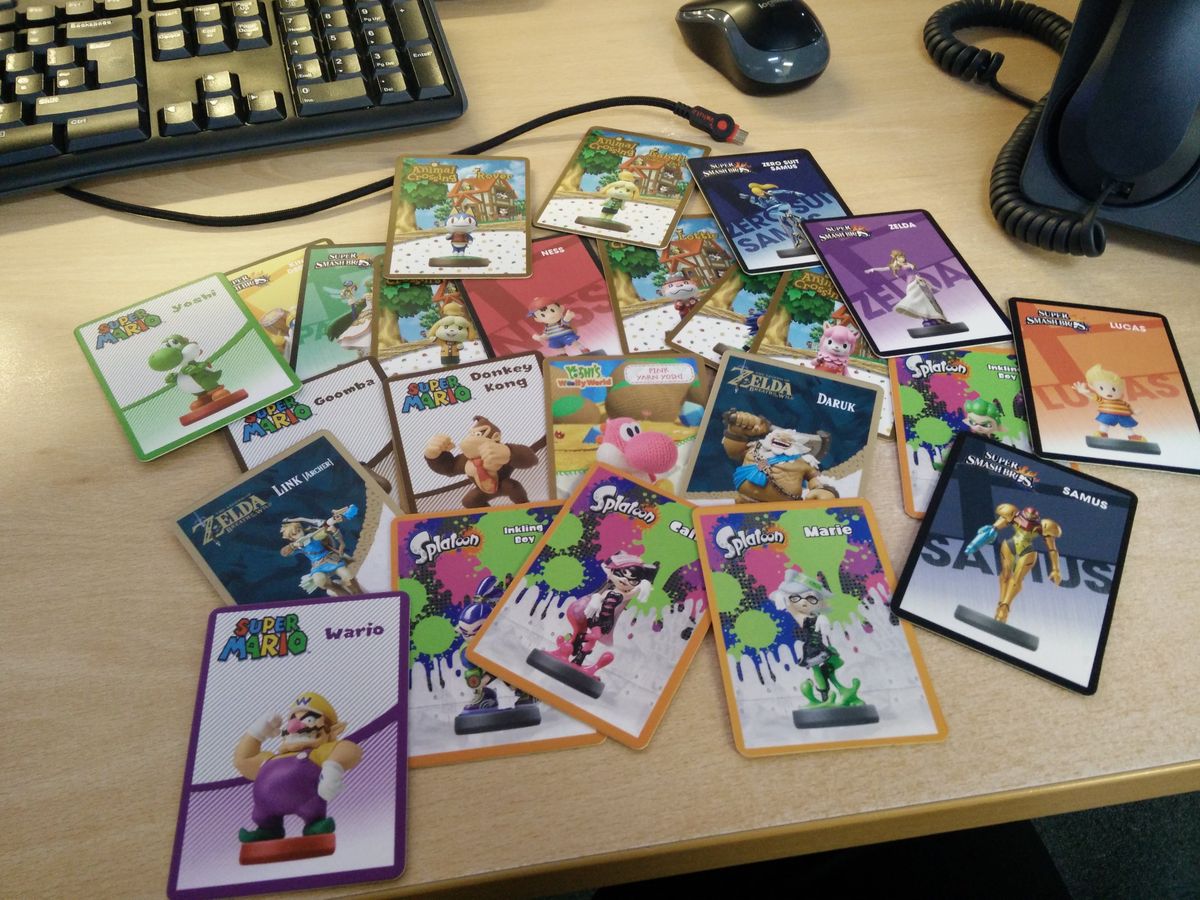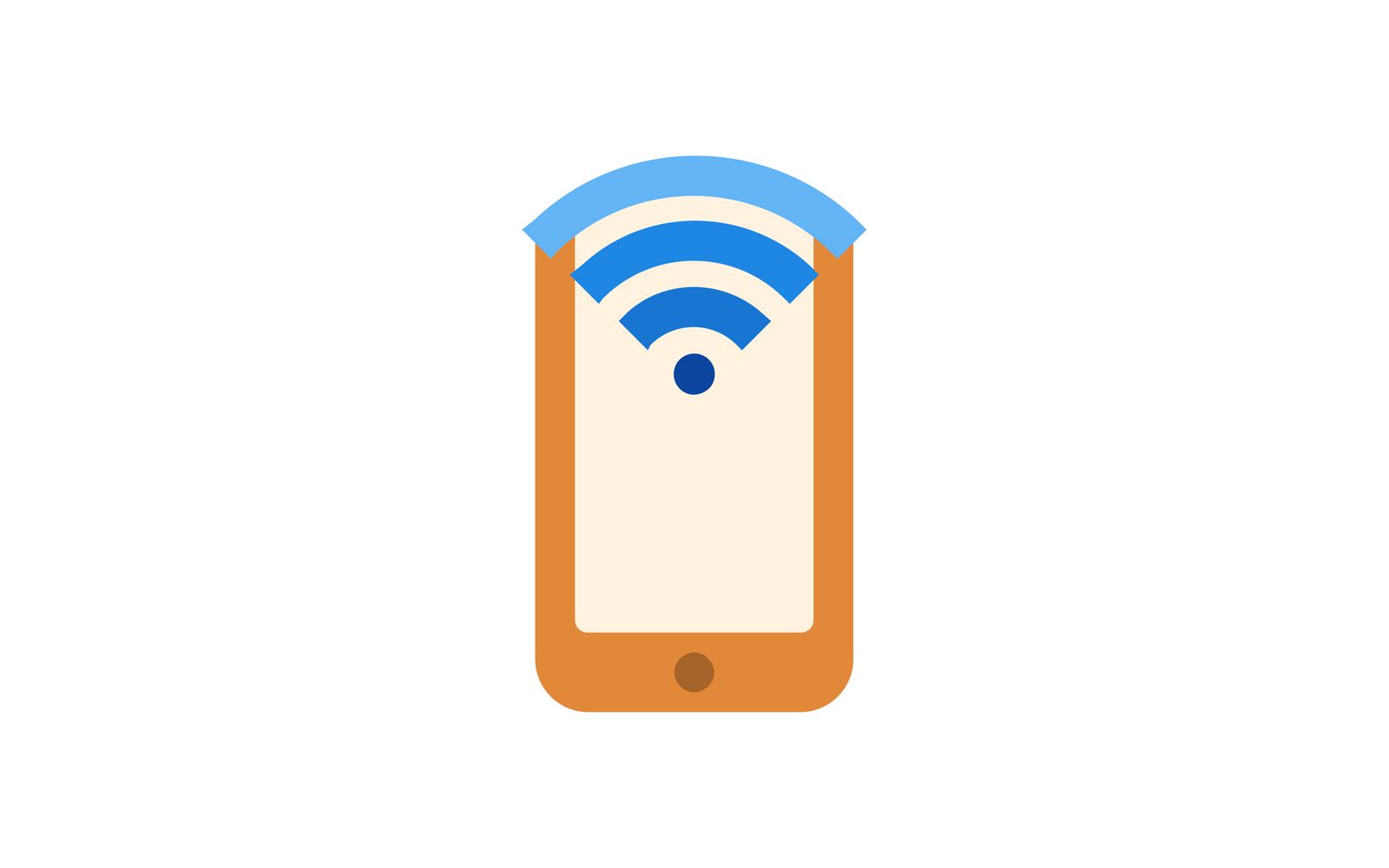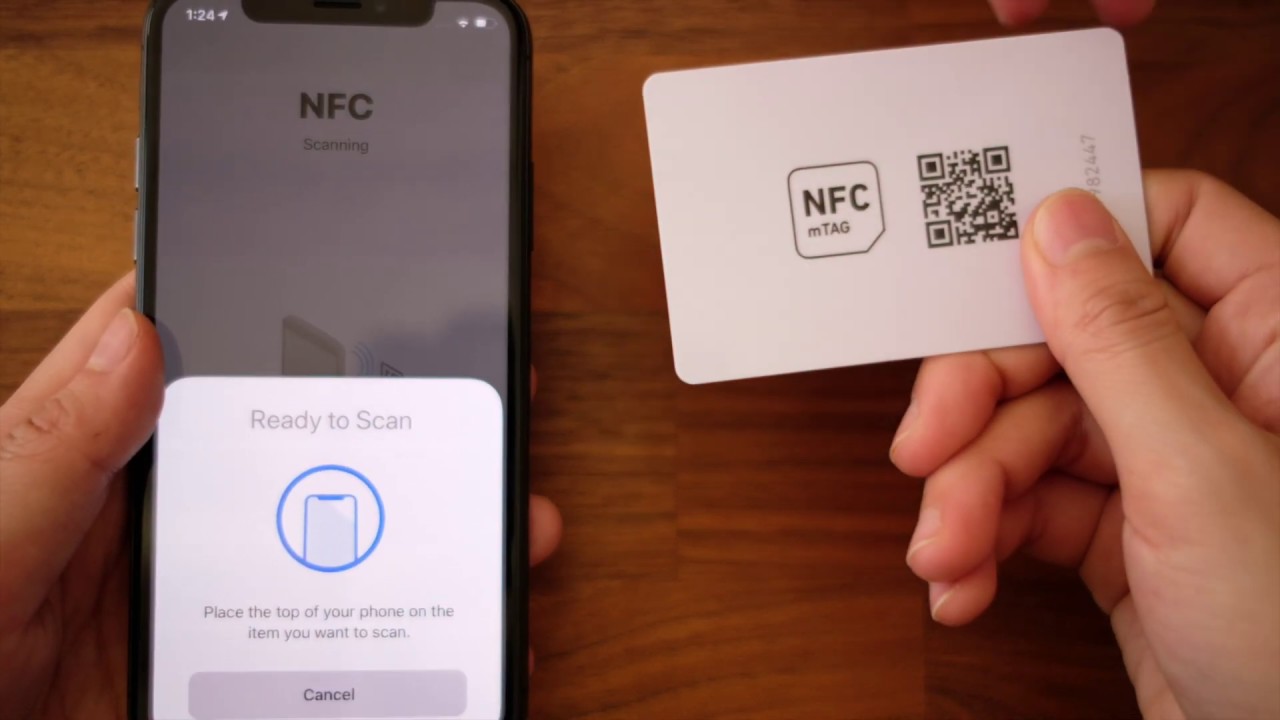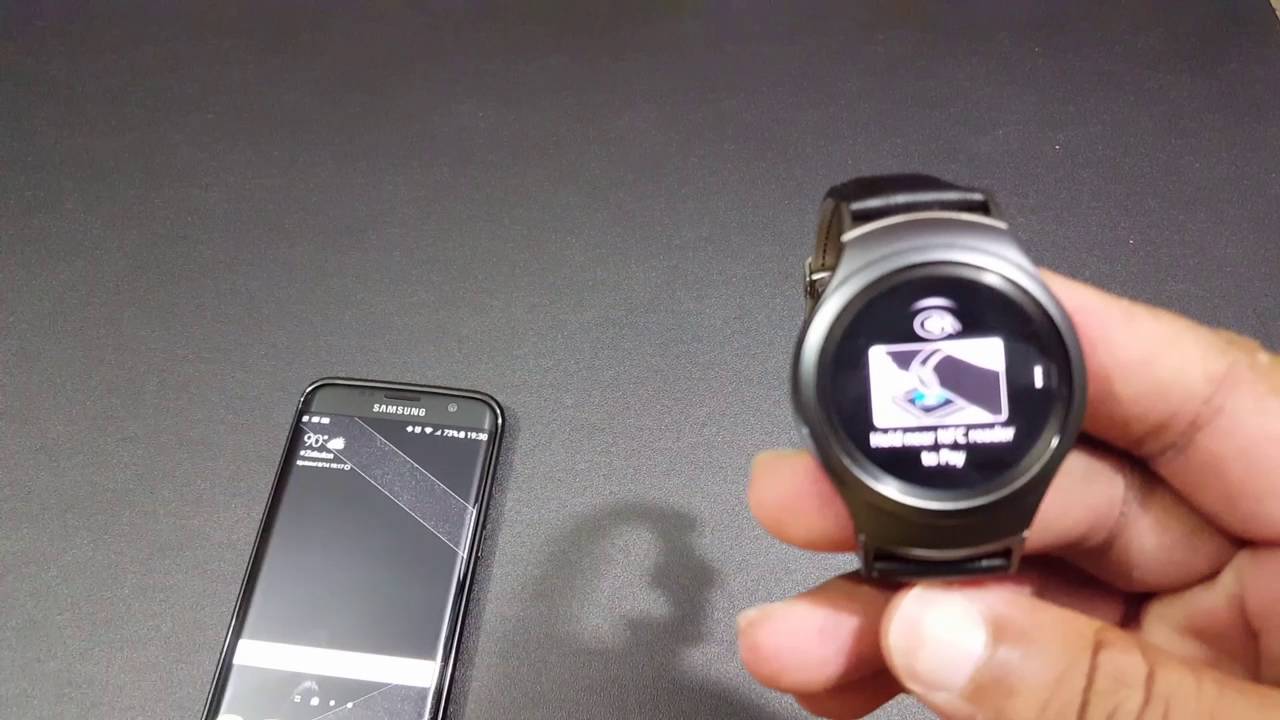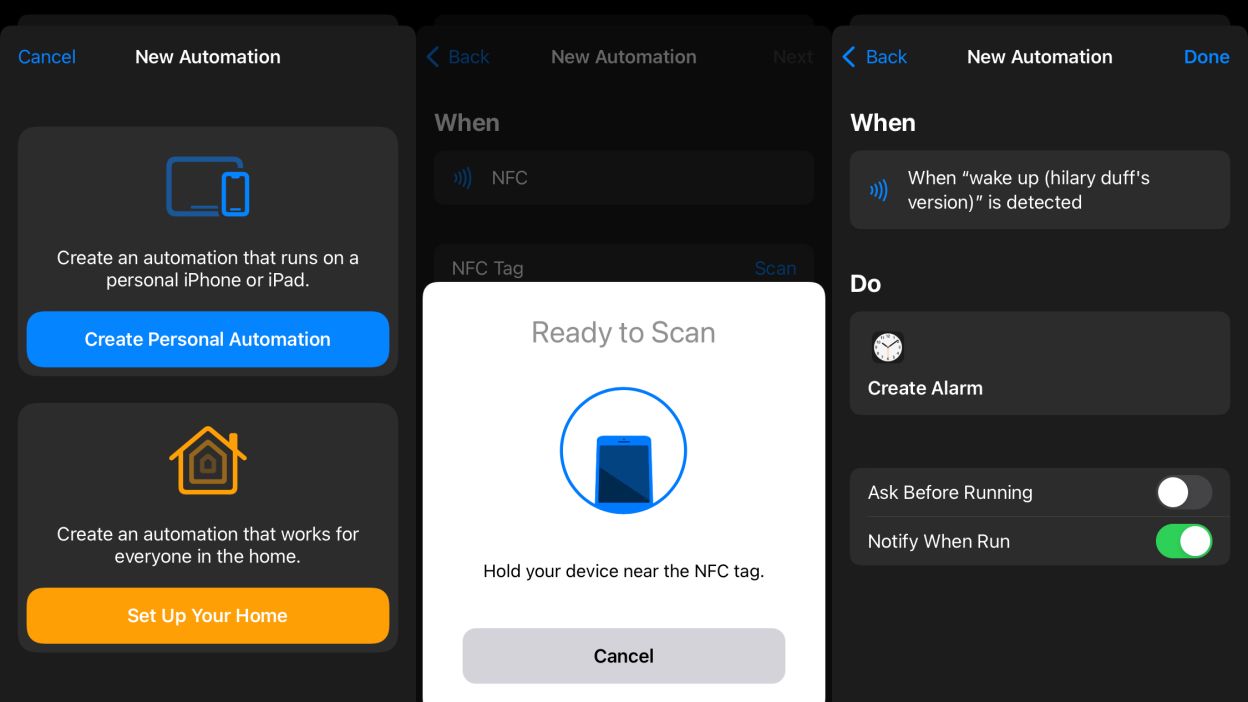What are NFC tags?
Near Field Communication (NFC) tags are small, flat devices equipped with a microchip and an antenna that allow the transfer of data between compatible devices in close proximity. These tags work on the principle of electromagnetic induction, enabling communication by simply bringing two devices close to each other.
NFC technology has gained popularity as it provides a convenient and secure way to perform a variety of tasks, including contactless payments, access control, data sharing, and more. NFC tags come in different shapes and sizes and can be attached to objects or embedded in products, making them versatile and easily adaptable to various uses.
These tags contain information that can be read or written by NFC-enabled devices, such as smartphones, tablets, or NFC readers. By scanning or tapping an NFC tag, users can trigger actions or retrieve information stored in the tag, such as opening a webpage, launching an application, or displaying contact details. The possibilities of how NFC tags can be used are virtually endless, making them a valuable tool for businesses, marketers, and individuals.
Furthermore, NFC tags require no external power source, relying on the energy generated by the initiating device to power the data transfer. This makes NFC a cost-effective and efficient technology for various applications, eliminating the need for batteries or complex wiring.
With their ease of use and wide range of applications, NFC tags have become increasingly popular in sectors such as retail, transportation, healthcare, and smart home automation. From mobile payments and access control to interactive advertising and smart packaging, NFC tags offer a seamless and convenient way to interact with digital content and enhance everyday experiences.
Now that you understand the basics of NFC tags, let’s delve into the different factors that influence their cost.
How much do NFC tags cost?
The cost of NFC tags can vary depending on several factors, including the type of tag, quantity purchased, and additional features or customization options. Generally, NFC tags are affordable and accessible, making them a cost-effective solution for many applications.
Basic NFC tags, such as adhesive stickers or keychain tags, can start at as low as a few cents per unit when purchased in bulk. These tags are typically made of PVC or paper and have a limited memory capacity. They are suitable for simple tasks like sharing contact information, launching an app, or triggering a specific action.
Mid-range NFC tags, with more advanced features and a larger memory capacity, can range from around $1 to $5 per unit. These tags are often made of more durable materials like ABS plastic or metal, making them suitable for applications that require higher durability and longevity. They can be used for tasks such as storing and transferring larger data files, enabling more complex interactions, or scanning multiple tags simultaneously.
High-end NFC tags, which offer additional functionalities or special designs, can cost anywhere from $5 to $20 or more per unit. These tags may come in unique shapes, sizes, or materials and can be customized with branding, logos, or artwork. They are often used for premium applications like luxury product authentication, high-security access control systems, or promotional campaigns seeking a more visually appealing presentation.
It’s worth noting that NFC tags’ cost decreases as the quantity increases. Bulk orders typically offer significant discounts compared to smaller quantities. Therefore, if you require a large number of NFC tags for a project or deployment, it’s advisable to inquire about volume pricing from manufacturers or authorized distributors.
Additionally, if you have specific requirements or need custom NFC tags, such as encoding specific data or incorporating unique designs, the cost may be slightly higher due to the additional processing and customization involved.
In summary, the cost of NFC tags can range from a few cents to several dollars per unit, depending on the type of tag, quantity purchased, and any additional features or customization options. It’s important to consider your specific needs and budget when selecting NFC tags for your application.
Factors that influence the cost of NFC tags
Several factors can influence the cost of NFC tags. Understanding these factors will help you determine the best options for your specific needs and budget. Here are some key factors to consider:
1. Type of NFC tag: The type of NFC tag you choose greatly impacts its cost. Basic adhesive stickers or keychain tags tend to be more affordable compared to specialized tags with additional features or custom designs.
2. Memory capacity: NFC tags come in different memory capacities, ranging from a few kilobytes to several megabytes. Higher memory capacity tags generally cost more due to the increased storage capabilities.
3. Material and durability: The material used in the construction of the NFC tag influences its durability, resistance to water and dust, and overall lifespan. Tags made of higher quality materials like ABS plastic or metal tend to be more expensive but offer increased durability.
4. Customization: Customization options, such as branding, logos, or unique designs on the NFC tag, can add to the overall cost. Customized tags often require additional processing and customization, which may increase the price per unit.
5. Additional features: NFC tags can come with additional features like anti-counterfeiting measures, encryption, or tamper-proof features. These advanced functionalities can contribute to a higher cost but provide enhanced security and functionality for specific applications.
6. Quantity: Buying NFC tags in larger quantities often leads to higher discounts, reducing the cost per unit. If you require a significant number of tags, it’s worth inquiring about volume pricing from manufacturers or authorized distributors.
7. Supplier and quality: The reputation and reliability of the supplier can affect the cost of NFC tags. Trusted suppliers may charge a premium for their products, ensuring higher quality and consistency.
It’s essential to consider these factors and prioritize your requirements when selecting NFC tags. Conducting thorough research and comparing prices from different suppliers can help you find a balance between cost and functionality.
Remember, it’s crucial to weigh the benefits and features provided by the NFC tags against their cost to ensure the best value for your investment.
Types of NFC tags and their prices
NFC tags come in various types, each offering different features and functionalities. Understanding the different types can help you choose the most suitable option for your specific needs. Here are some common types of NFC tags and their price ranges:
1. Adhesive Stickers: Adhesive NFC stickers are the most common and affordable type of NFC tags. They are designed to be easily attached to surfaces and objects. With a memory capacity of around 144 bytes to 8 kilobytes, these stickers typically range from a few cents to a few dollars per unit, depending on the quantity and additional features.
2. Keychain Tags: NFC keychain tags are compact tags that can be easily carried on a keychain or attached to bags or lanyards. These tags have a similar memory capacity as adhesive stickers but come in a more portable form factor. Keychain tags can range from a few cents to a few dollars per unit, depending on the material, design, and customization options.
3. Specialized Cards: NFC cards resemble traditional plastic cards and can come in various shapes and sizes. They offer larger memory capacities, typically ranging from 1 kilobyte to 64 kilobytes or more. NFC cards are often used for applications requiring more data storage, such as access control, public transportation, or loyalty programs. The prices of NFC cards can vary significantly based on the memory capacity, material, and customization options, ranging from a few dollars to tens of dollars per unit.
4. Embeddable Tags: These NFC tags are designed to be embedded within products, packaging, or documents. They are often used for applications like product authentication, inventory management, or tracking. Embeddable NFC tags have a wide range of memory capacities and can come in different form factors depending on the specific requirements. Prices for embeddable tags vary based on factors such as memory capacity, material, and customization, ranging from a few cents to several dollars per unit.
5. High-Security Tags: High-security NFC tags offer advanced encryption and authentication features, making them suitable for applications that require enhanced security measures. These tags are commonly used in sectors like financial services, healthcare, or government applications. The prices of high-security NFC tags can range from a few dollars to significantly higher amounts per unit, depending on the level of security and customization required.
It’s important to note that the prices mentioned here are general ranges and can vary depending on factors like the supplier, quantity purchased, and customization options. Conducting market research and comparing prices from different suppliers will help you find the best value for your specific requirements.
Consider your budget, desired functionality, and required quantity when selecting the type of NFC tags to ensure a cost-effective solution that meets your needs.
Where to buy NFC tags?
There are several options available for purchasing NFC tags, ranging from online marketplaces to specialized retailers. Here are some popular places where you can buy NFC tags:
1. Online marketplaces: Online marketplaces like Amazon, eBay, and Alibaba offer a wide variety of NFC tags from multiple sellers and manufacturers. These platforms provide a convenient way to compare prices, read customer reviews, and find NFC tags that meet your requirements. When purchasing from online marketplaces, it’s important to verify the seller’s reputation and ensure that the tags are genuine and reliable.
2. Specialized NFC suppliers: Many companies specialize in selling NFC tags and related products. These suppliers offer a wide range of NFC tags with various features, customization options, and support services. They often provide detailed product information, technical support, and bulk pricing options. Some well-known NFC suppliers include NFCBee, NFC Tagify, and RapidNFC.
3. Electronics retailers: Popular electronics retailers like Best Buy, Walmart, or Fry’s Electronics may carry NFC tags in their technology or mobile accessories sections. While the selection may be limited compared to specialized suppliers, these retailers can be a convenient option for purchasing NFC tags, especially if you prefer to see and feel the product before making a purchase.
4. Directly from manufacturers: Some NFC tag manufacturers sell their products directly to customers. Purchasing directly from manufacturers may provide you with more options in terms of customization, bulk discounts, and access to the latest product offerings. However, keep in mind that some manufacturers may have minimum order quantities or require special arrangements for direct purchases.
5. Trade shows and exhibitions: Attending technology or trade shows, exhibitions, or conferences related to NFC technology can give you the opportunity to connect with NFC tag manufacturers and suppliers. These events often showcase the latest advancements in NFC technology and provide a networking platform to establish direct contacts for purchasing NFC tags.
Before making a purchase, it’s essential to consider factors like the reputation of the seller or manufacturer, product authenticity, quality, and customer support. Reading reviews, comparing prices, and inquiring about product specifications will help ensure that you are buying genuine and reliable NFC tags that meet your specific requirements.
Remember to evaluate the overall value proposition, considering factors like pricing, quality, customization options, and any additional services offered by the supplier or retailer.
NFC tags cost vs benefits comparison
When considering the cost of NFC tags, it’s important to weigh the benefits they provide against the investment required. Here is a comparison of the costs and benefits associated with NFC tags:
Costs:
1. Initial investment: The upfront cost of purchasing NFC tags can vary depending on factors such as the type of tag, quantity purchased, and any customization options. Higher-end or custom-designed tags may come at a higher cost compared to basic adhesive stickers or keychain tags.
2. Additional equipment: To fully utilize NFC tags, you may need NFC-enabled devices such as smartphones or NFC readers. While these devices are becoming increasingly common, it’s worth considering their cost if you don’t already have them.
3. Maintenance: NFC tags generally require minimal maintenance, but some long-term costs may be associated with replacing tags that have been damaged or lost over time, especially in high-wear environments.
Benefits:
1. Convenience: NFC tags offer a convenient way to perform various tasks with a simple tap or scan. They eliminate the need for physical interaction or manual input, making processes faster and more streamlined.
2. Seamless user experience: NFC tags provide a seamless and effortless user experience. They allow users to access information, make payments, or initiate actions with ease, enhancing user satisfaction.
3. Increased efficiency: NFC tags can automate processes that previously required manual intervention or data entry. They can save time and reduce errors, resulting in increased operational efficiency for businesses.
4. Enhanced security: NFC tags can provide secure interactions and transactions using advanced encryption and authentication features. They are widely used for applications like access control, secure payments, and product authentication.
5. Marketing and engagement opportunities: NFC tags can be used in marketing campaigns to deliver personalized content, promotions, or interactive experiences to customers. They enable businesses to engage with their audience in meaningful ways and gather valuable data for analytics.
6. Cost-effectiveness: Despite the initial investment, NFC tags are generally considered cost-effective due to their durability, low maintenance requirements, and versatility. The ability to reuse tags for different purposes further adds to their cost-effectiveness.
When evaluating the cost vs benefits of NFC tags, it’s crucial to consider the specific use case, the potential impact on productivity or customer experience, and the long-term value they can bring to your business or personal applications. Conducting a cost-benefit analysis will help you make an informed decision and determine if the advantages of NFC tags outweigh the associated costs.
How to choose the right NFC tags for your needs
Choosing the right NFC tags for your specific needs involves considering several factors to ensure the best fit. Here are some guidelines to help you make an informed decision:
1. Identify your requirements: Start by clearly defining your goals and the specific tasks you want to accomplish with NFC tags. Determine the desired functionality, memory capacity, and any additional features you may need.
2. Consider the application: Different applications require different types of NFC tags. For example, if you need NFC tags for simple tasks like sharing contact information, adhesive stickers or keychain tags may suffice. For applications like access control or ticketing, cards or embeddable tags may be more suitable.
3. Memory capacity: Evaluate the amount of storage capacity required for your application. Consider the data size and complexity of the interactions you intend to have with the NFC tags. Ensure that the chosen tags have adequate memory capacity to accommodate your needs.
4. Material and durability: Consider the environment in which the NFC tags will be used. If the tags will be exposed to harsh conditions, such as extreme temperatures or moisture, choose tags made of durable materials like ABS plastic or metal. This ensures longevity and reliability.
5. Customization options: Determine whether you require customized NFC tags to match your branding and specific requirements. Some applications may benefit from custom designs or branding on the NFC tags. Ensure that the chosen tags can be customized and inquire about any additional costs.
6. Budget: Set a budget for your NFC tag investment. Consider the desired features and quantity needed and prioritize accordingly. Although cost is a factor, make sure you don’t compromise on quality or functionality to achieve cost savings.
7. Research suppliers: Conduct research on reputable suppliers or manufacturers who offer genuine and reliable NFC tags. Read reviews, check their track record, and inquire about product authenticity and customer support to ensure a positive buying experience.
8. Compatibility: Ensure that the NFC tags you choose are compatible with the devices or readers you plan to use. NFC operates on specific standards, so verify compatibility to ensure seamless communication and functionality.
9. Consider future scalability: Anticipate future needs and scalability. If you anticipate expanding or modifying your NFC deployment in the future, choose a flexible solution that allows for easy integration and scalability.
By considering these factors, you can make an educated decision and choose NFC tags that align with your requirements, budget, and long-term goals. A well-chosen NFC tag solution can provide significant benefits and enhance various applications across different industries.
NFC tag maintenance and longevity
Proper maintenance of NFC tags is essential to ensure their longevity and optimal performance over time. Here are some key practices to follow:
1. Protect from physical damage: NFC tags can be susceptible to physical damage, such as scratches or cracks, which can affect their functionality. Protect the tags by placing them in areas that minimize the risk of physical impact or covering them with protective cases or coatings if necessary.
2. Shield from extreme conditions: Exposure to extreme temperatures, moisture, or direct sunlight can potentially damage NFC tags. It’s important to shield the tags from such conditions by storing or installing them in appropriate environments. Avoid placing NFC tags in areas where they are exposed to direct sunlight or harsh weather conditions.
3. Avoid bending or twisting: NFC tags should be handled with care to prevent any bending or twisting. Excessive force or pressure can damage the internal components and render the tags non-functional. When attaching NFC tags to surfaces or objects, ensure a secure and stable connection without putting excessive strain on the tag itself.
4. Regular cleaning: Keep NFC tags clean and free from dirt, debris, or any other particles that may interfere with their functionality. Gently wipe the surface of the tags with a soft, lint-free cloth or use a mild cleaning solution if necessary. Avoid using abrasive materials or harsh chemicals that could damage the tags.
5. Regular testing and monitoring: Periodically test the NFC tags to ensure they are functioning correctly. Use NFC-enabled devices or readers to verify that the tags can be successfully detected and trigger the desired actions. This helps to identify any potential issues early on and address them promptly.
6. Update firmware if applicable: Some NFC tags may have firmware that can be updated to enhance functionality or address potential vulnerabilities. Check for firmware updates provided by the manufacturer and apply them if necessary to ensure optimal performance and security.
7. Backup and redundancy: If NFC tags are used for critical applications or contain important data, consider implementing backup strategies and redundancy measures. This can help prevent data loss or ensure continuity in case of tag failure or damage.
By following these maintenance practices, you can maximize the lifespan and performance of your NFC tags. Regular monitoring and proactive care will help ensure that the tags remain functional and deliver reliable performance throughout their intended usage period.
Conclusion
NFC tags offer a convenient and efficient way to perform various tasks, such as contactless payments, access control, and data sharing. When considering NFC tags, it’s important to assess factors such as the type of tag, memory capacity, customization options, and budget. By evaluating your specific needs and aligning them with the available options, you can make an informed decision that provides the best value for your investment.
While the cost of NFC tags can vary depending on factors such as type, quantity, and customization, they are generally considered affordable and accessible. Basic adhesive stickers and keychain tags offer cost-effective options for simple tasks, while higher-end tags with additional features or customization come at a higher price. However, the benefits of NFC tags, such as convenience, efficiency, security, and marketing opportunities, outweigh the costs for many applications.
Choosing the right NFC tags involves considering factors such as application requirements, memory capacity, material, customization, and compatibility. Conducting thorough research, evaluating suppliers, and considering future scalability are crucial steps in selecting the most suitable NFC tag solution.
Maintaining NFC tags properly is key to ensuring their longevity and optimal performance. Protecting them from physical damage, extreme conditions, and regularly cleaning them can help maintain their functionality. Additionally, monitoring, firmware updates, and implementing backup measures can further enhance the reliability and security of NFC tags.
In conclusion, NFC tags offer immense potential for businesses, organizations, and individuals to enhance efficiency, improve customer experiences, and streamline processes. By understanding the costs, benefits, and maintenance requirements associated with NFC tags, you can harness their capabilities to unlock a world of opportunities in various industries and applications.









